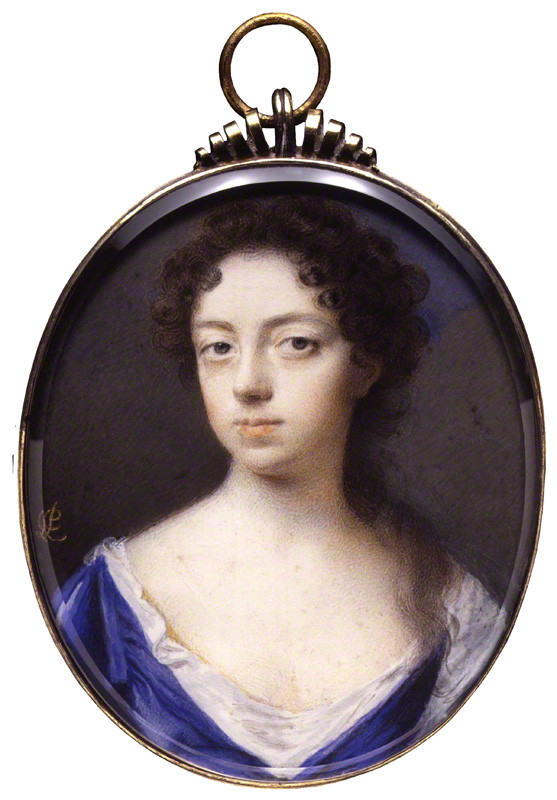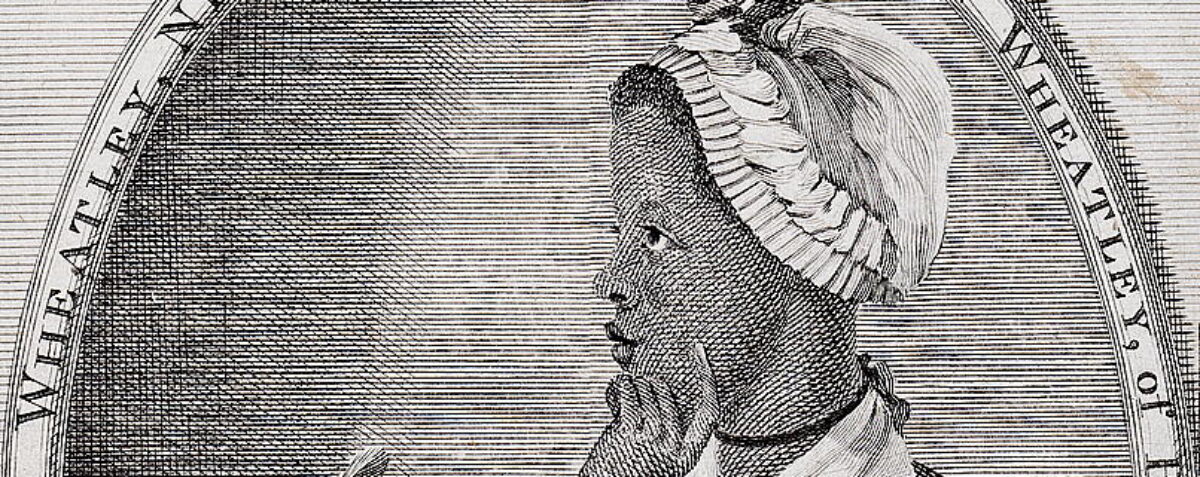Anne Finch (1661-1720) bridged the worlds of coterie, manuscript poetry and print publication with some of the same kind of deliberation and purposefulness as did Alexander Pope, with whose career she overlapped. Early in her career, she wrote in the context of the Stuart court circulating manuscript poetry using the pen name “Ardelia”; later in life, she published a volume of her own works that stands as a landmark of English poetry in the eighteenth century. Her poetry was written in a variety of forms and modes, but throughout it traces the movements of an extraordinary sensibility, a thoughtful and sensitive observer who captures her emotional responses to people and the natural world with wit and formal innovativeness. Anne Finch’s poetry was admired by Romantic poets like William Wordsworth and has continued to be read with great pleasure by others who have admired her skill, intelligence, and sensitivity.
Born Anne Kingsmill, she seems to have started writing poetry when she was a member of the Stuart court in the 1680s, a place where lots of courtiers wrote verse. Finch was a lady in waiting to Princess Mary of Modena, the second wife of James, the Duke of York. Anne met her husband, Heneage Finch, the son of the Count of Winchilsea, at court; he was one of the Duke’s courtiers (officially Heneage was a “Gentleman of the Bedchamber,” which was a plum position, guaranteeing close access to the Duke). Anne’s poetry—which included a play in verse— remained in manuscript during this period, and she later said that she largely kept it secret, since she feared being ridiculed for “Versifying.”

James, the Duke of York, became King James II in 1685 when his brother Charles II died, and the Finches followed along with the rest of his circle as he took over the monarchy. But when James was deposed in 1688, and fled to France in exile, they shared his disgrace. Heneage was arrested as a “Jacobite,” a supporter of James, and spent months in jail before the charges were dropped. Rather than joining the rest of the deposed Stuart court in France, Anne and her husband went into a kind of internal exile in the English countryside. They ended up living on the family’s country estate in Kent, which had descended to Heneage’s nephew Charles. They seemed to have no hopes now of returning to the center of power in London. But this created an opening for Heneage, who loved his wife dearly, to become a collaborator with Anne on her poetry. He was her amanuensis, copying out her poetry and helping her revise it. From time to time, a poem or two of hers reached print, most notably “The Spleen,” which was first published anonymously in 1701 in a collection of poems by a number of writers.
Things changed in 1712. Heneage’s nephew died and Heneage–to his great surprise–became the Count. The couple’s situation was complicated, though, because Heneage refused to give up his sympathies for the Jacobite cause and to declare his loyalty to the reigning monarchy. Heneage never got access to all of the money from the estate that should have gone with his accession to the family’s title, and he was not allowed to take his seat in the House of Lords. But there was a bit of a thaw for a few years as a Tory administration, more sympathetic to the Jacobites than the Whigs had been, took over the government in London. Anne seems to have taken the opportunity to publish a full-scale collection of her poems in 1713. Miscellany Poems, on Several Occasions is a beautiful volume, containing eighty-six of her poems along with a play in verse, a tragedy called Aristomenes (it seems never to have been performed). Our texts are taken from that edition. Many of her poems, however, still remained in manuscript and were not published until the early twentieth century.


